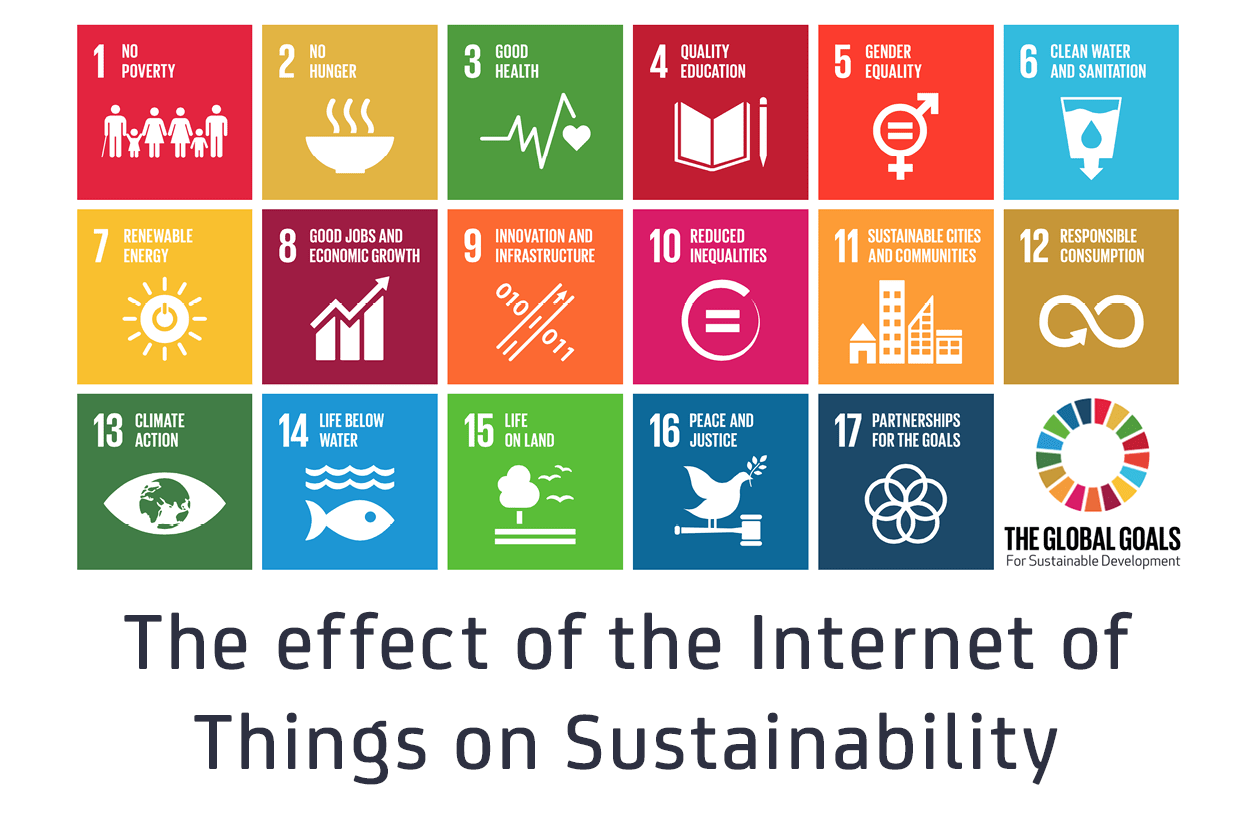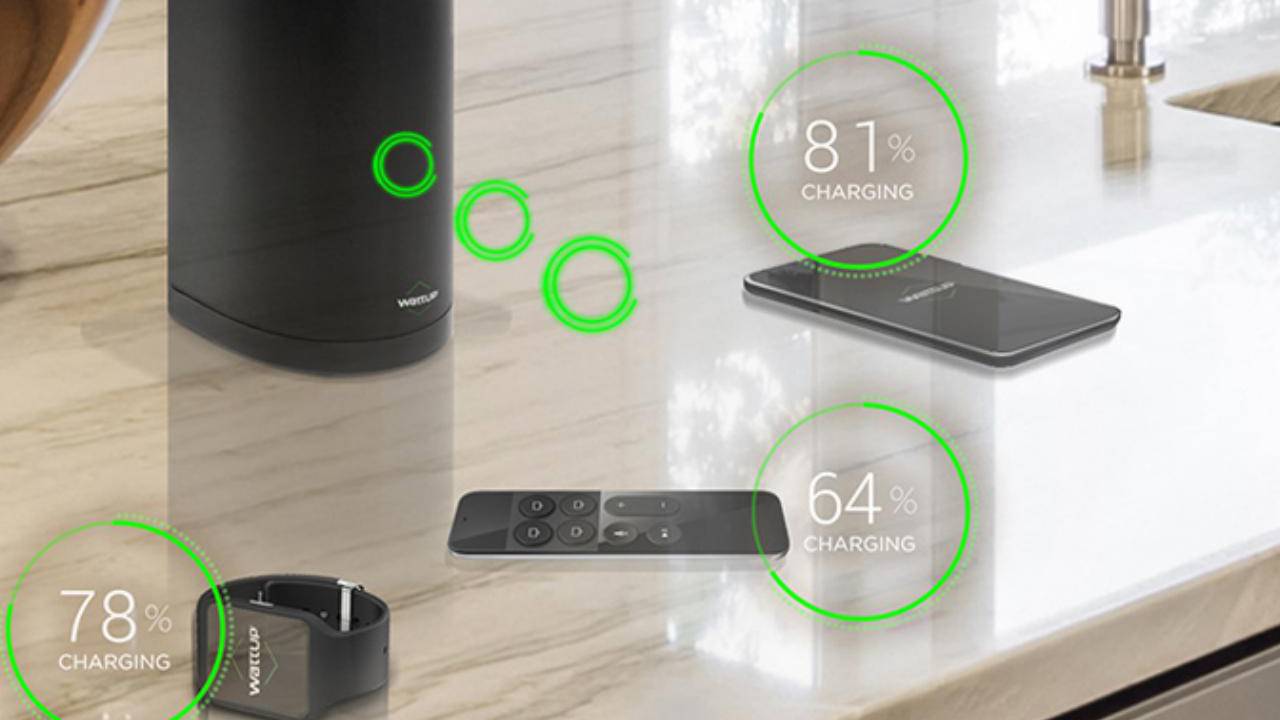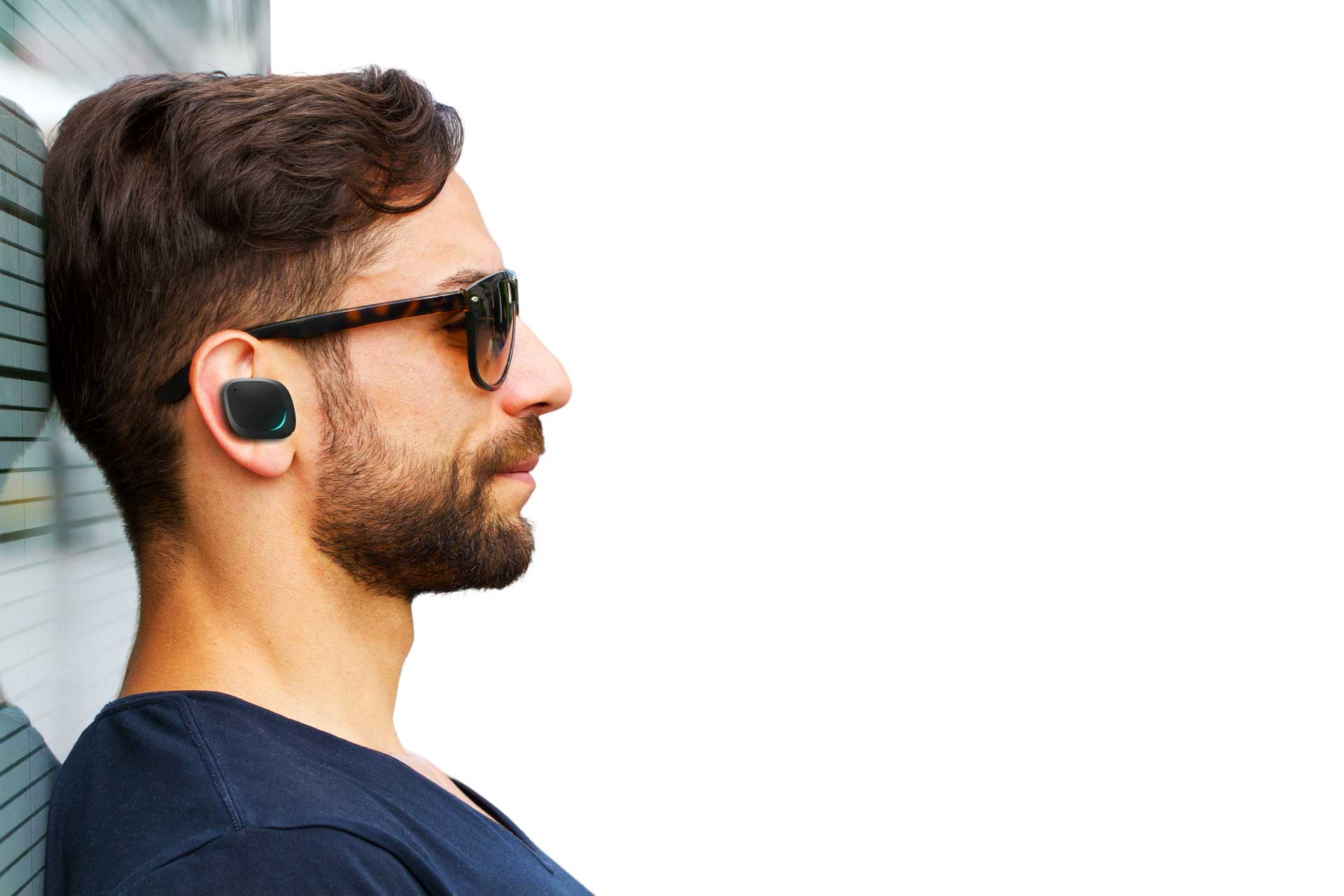
Internet of Things (IoT) Use Cases for Sustainability
The Internet of Things, commonly referred to simply as the IoT, is growing faster than most people expected just a few years ago. IHS estimates that there will be 75.4 billion connected devices by 2025, up from 15.4 billion in 2015. In addition to automating homes and offices, connected devices are also powering the Fourth Industrial Revolution (4IR) and fundamentally altering the way organizations are moving toward achieving their sustainability goals.
Growing Need for Sustainability
Since the dawn of civilization, humankind has been inventing new technologies to overcome difficult obstacles and prosper. Unfortunately, the very same technologies that have allowed many people on this planet to live lives of luxury have created problems so serious that the only way to solve them is with immediate action.
Recently, scientists have recorded the highest level of CO2 emissions on earth since records began, detecting 415.26 parts per million. “The number keeps rising, and it’s getting higher year after year,” said Wolfgang Lucht, from the Potsdam Institute for Climate Impact Research.
According to the Paris Agreement, a landmark agreement within the United Nations Framework Convention on Climate Change signed by 186 parties, CO2 emissions would need to decline by 50 percent by 2030 and reach net zero by around 2050 to limit global warming to 1.5 degrees Celsius.
“Despite the Paris climate agreement, despite all the speeches and the protests—we are not seeing that we are bending the curve yet,” added Lucht. To change this, public and private organizations alike need to set clear sustainability goals and take all the steps necessary to meet them.
In 2018, the World Economic Forum (WEF), a not-for-profit organization for public-private cooperation, investigated 643 applications of IoT technology before publishing its Internet of Things Guidelines for Sustainability. The research revealed that 84% of IoT use cases were addressed, or could potentially address, the UN’s Sustainable Development Goals.
The goals include not just climate action but also no poverty, zero hunger, good health and well-being, quality education, gender equality, clean water and sanitation, affordable and clean energy, decent work and economic growth, industry, innovation, and infrastructure, reduced inequalities, sustainable cities and communities, responsible production and consumption, life below water, life on land, peace and justice and strong institutions, and global partnerships for sustainable development.
Even though the IoT is not immediately associated with CleanTech, the possibilities various IoT solutions offer industry when it comes to driving improvements to organizations’ sustainability across all kinds of processes and developments are huge. To better understand how connected devices could help create a better world, let’s take a closer look at some of the most promising IoT use cases for sustainability.
Smart Agriculture
Water scarcity is listed by the World Economic Forum as one of the largest global risks in terms of potential impact over the next decade. Today, approximately 70% of the world’s fresh water goes toward agriculture, twice as much as is used for municipal purposes and in industry. IoT devices can help farmers detect water leakages, which are estimated to result in a 26% loss of stock drinking water.
The IoT also helps farmers collect a wealth of useful information, such as soil quality, weather conditions, and equipment efficiency. This information can then be analyzed to achieve greater crop yields, lower production risk, and higher production efficiency. Devices like Arable and Semios make it very easy for farmers around the world to extract real-time, actionable insights from their fields and access their data from anywhere and in real-time.
By 2025, the smart agriculture market is expected to triple in size and reach $15.3 billion. This figure clearly illustrates that farmers are already aware that small, technology-driven tweaks to their farming methods can have a big knock-on effect, which is exactly what the humankind needs to feed the 9 billion people the UN Food and Agriculture Organization (FAO) expects to live on Earth by 2050.
Smart Waste
Waste management is a critical component of sustainability, and there are many opportunities to improve it with smart technology. Garbage collectors today waste a lot of time and spend a lot of fuel traveling to trash cans that are only half full because they have no way of knowing which trash cans need to be emptied before they physically inspect them.
Sensoneo estimates that smart waste collection can reduce collection costs by nearly 30% and lowers carbon emissions up to 60% by decreasing the number of collection instances by up to 80%. Connected trash cans would additionally make it considerably easier for consumers to locate the nearest trash opportunities, and they could even intelligently identify recyclable materials.
Beyond waste collection, the IoT has the potential to play an integral role in reducing food wastage and preventing food recalls. In industrialized countries, food losses and waste amount to roughly $680 billion in industrialized countries and $310 billion in developing countries, according to the Food and Agriculture Organization of the United Nations, and all the food that gets buried in landfills is a major contributor to methane emissions.
By implementing smart temperature monitoring and alert systems to protect food during transport and storage, much of our waste can be avoided, and food producers would further benefit from access to rich data that could be used, for example, to automatically optimize delivery times in order to avoid extreme temperatures.
Smart Grids
According to EnergySavvy, a software company that enables utilities to transform their utility customer experience through modern personalization, automation, and engagement, a typical house wastes 30% more energy than an efficient one does.
The problem is that consumers often have no idea what their current and average energy consumption are, which makes it difficult for them to make well-informed decisions about their energy, water, and gas consumption. Smart meters make it possible to monitor usage remotely and make the gathered data available in real-time directly to consumers.
Utilities benefit because they no longer have to send someone to collect meter readings, and consumers benefit because they get access to the information they need to modify their habits and reduce their carbon footprint. In one of its reports, British Gas estimates that residential customers using smart meters save nearly $42 a year on their energy bill, which may not seem like much until you multiply the number by the number of households and office buildings.
Smart meters enable utility providers to effortlessly incorporate renewable power sources, which is why the Environmental Defense Fund estimates smart grids to cut air pollution from the energy industry by up to 30% and prevent around 34,000 deaths a year.
SmartLighting
Romanian company Flashnet calculated that 40% of the public budget’s energy bill is spent on street lights. The company has developed a smart street lighting control system that’s designed to automatically provide the right amount of light where and when needed. Called, inteliLIGHT, the system can use any open protocol communication technology and has been demonstrated to lead to significant cost savings.
Navigant Research, a market research and advisory firm, believes that smart LEDs that automatically adjust to natural conditions can generate 10-20% savings, while smart lighting company enModus is even more optimistic: estimating that smart LEDs can achieve up to 99% energy cost savings compared with traditional incandescent light bulbs.
Already, consumers can choose from a broad range of smart lighting products compatible with standard lighting fixtures and available at increasingly more affordable prices. Apart from automatically adjusting to natural conditions, smart lighting products also take advantage of motion detectors, optical cameras, door contact sensors, micro radars, and other components.
Smart Water Monitoring
It takes just one day for a single showerhead or faucet that drips at the rate of 60 drips per minute to waste 21 liters of water. According to the World Bank, the total global cost of non-revenue water, which is water produced and lost by utilities, nears $14 billion, and the number is expected to keep increasing sharply in the future as more and more countries become industrialized. In the United States, the average city loses around 30% of its total water supply through leaks or unbilled usage, and some places, such as Delhi in India, lose over 50%, which is especially alarming considering that India is fighting a massive water crisis.
To reduce water leakage, Huawei has developed a smart water monitoring solution that adopts a grid-based water meter system, monitors the pipeline network in real time, and rapidly locates pipeline failures to enable leakage analysis. The solution was first deployed in Shenzhen, where it significantly improved the experience for Shenzhen Water Group customers and made water usage and water flow analysis now much easier to undertake.
“The commercial NB-IoT-based Smart Water project jointly conducted by Shenzhen Water, China Telecom, and Huawei will play an exemplary role in the development of the IoT industry and Smart City worldwide. I hope that the three parties can duplicate the cooperative achievements seen in Shenzhen and apply these principles across China, and eventually extend them to overseas markets,” said Edward Deng, President of Huawei Wireless Solution.
Smart Air Quality Tracking
Especially in large cities, air pollution is a serious problem that poses a major threat to health and climate alike. Using IoT sensors, cities and private organizations can gather extensive information to localize the biggest polluters and warn residents when pollution exceeds permittable levels.
Wanting to better understand roadside air quality, the Royal Borough of Greenwich, London, teamed up with the Global Systems for Mobile Communications Association (GSMA) to mount sensors on an electric vehicle and use them to measure air quality as part of the Smart London initiative, whose goal is to transform London into the smartest city in the world.
In South Korea, KT Corporation, the country’s largest telephone company, launched an air quality monitoring app called Air Map Korea. The app collects and analyzes air quality data from 1,500 spots nationwide in a bid to help the government draw up a better policy for reducing fine dust levels.
“We have begun the Air Map Korea project, based on our innovative technologies such as IoT and big data analytics, to help the government resolve fine dust issues. KT will actively cooperate with central and regional governments as well as research centers to reduce the public health risk of fine dust,” said Kim Hyoung-wook, head of KT’s platform business planning office.
Smart Buildings
Siemens’ Crystal building is a perfect example of how various IoT technologies can be combined to meet challenging sustainability goals. Thanks to its connected systems for lighting, air-conditioning, heating, and more, the offices in the building produce about 70% less CO2 compared with typical office buildings, which is why the building has become the first to achieve the highest sustainable building awards from LEED and BREEAM, the world’s two leading accreditation bodies.
Since commercial buildings account for nearly 20% of US energy consumption and 12% of the greenhouse gas emissions, according to the US Energy Information Administration, more efficient building designs and technologies are essential for minimizing the impact humans have on the environment.
In the future, smart buildings could even be an important part of the global ecosystem, filtering the air and water, producing clean energy, and providing shelter not just to humans but also plants and animals. It’s difficult to estimate how long it will take to get there, but it’s certain that it won’t be possible without the IoT.
Conclusion
There are many ways how the IoT can help organizations achieve their sustainability goals, and we’ve identified and described several of them in this article. With the demand for connected devices from private and public sectors alike increasing, it’s guaranteed that their manufacturers will find ways how to make them even more useful, secure, and accessible than they are now. Indeed, the future is a promising one, and it’s nice to see modern technology being used to solve many of the problems it has created.


